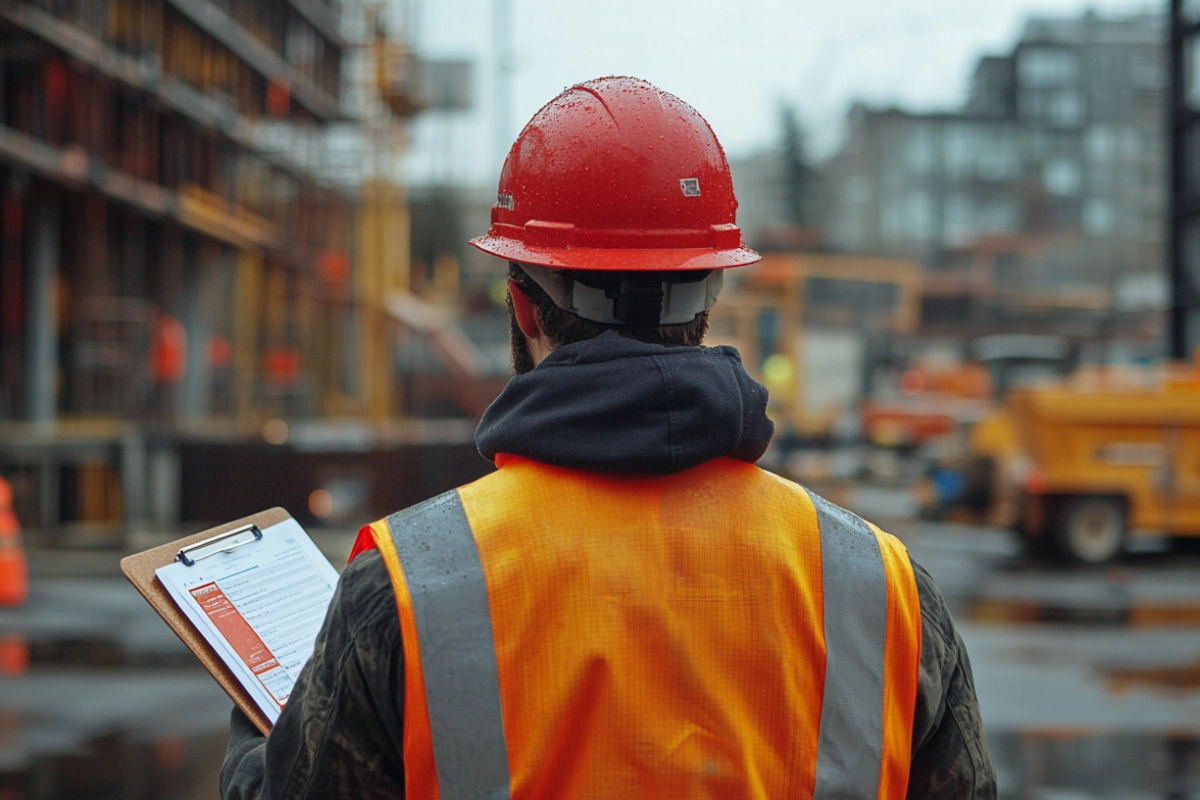COP26, has dominated almost every conversation over the past few months. This year, dissimilar to previous years, has seen a greater intensity and reflection on the achievements of previous COP summits. With many from across the globe calling on the World’s governments to take real and impactful actions to combat climate change. But why is this year so important, and why COP26?
For 26 years, members of the United Nations have come together during the Conference of the Parties (COP), to discuss the impacts of human activity on the environment; hence the name COP26. The first COP summit was held in 1995, and one of the most significant years was COP21 in 2015 when UN members adopted the Paris Agreement. However, the Nation States didn’t need to present any specific plans on how they were going to achieve the aims of the Paris Agreement.
The three aims of the Paris Agreement provide a single and clear direction of response to the link between economic activity, greenhouse gas emissions, and the related impacts of climate change. According to available science, achieving the long-term temperature goal would require global greenhouse gas emissions to peak by 2020 and subsequently be reduced to zero before the end of the century in order to limit warming to 1.5°C. Subsequently, the outcomes of COP21 placed an even greater emphasis on the 2030 Agenda for Sustainable Development; contained in which are the UN’s 17 Sustainable Development Goals (SDG’s).
COP26, is crucial as this is for the first time in 30 years when Global leaders will outline their specific and measurable actions to respond to the climate emergency in line with the aims of the Paris Agreement. Known as the Nationally Determined Contributions; these plans must be both ambitions and binding. Previous COP submits have resulted in actions, but these actions have not produced the results required to stop, or reverse change.
This is why COP26 is so important. These initial strategies will guide the short- and medium-term perspectives of political and economic cycles. It will also provide a political commitment to bold and concreted action by economic actors. At the same time, these strategies will provide the flexibility required for countries to pursue a route that does not compromise their development and poverty eradication goals, all while enabling them to transform their economies.
In December 2020, the UK published the United Kingdom of Great Britain and Northern Ireland’s Nationally Determined Contribution; which will be presented at COP26. These Nationally Determined Contributions are the commitments and strategies that the UK will deploy to meet reduction target of greenhouse gas emissions. In its NDC, the UK is committing to reduce economy-wide greenhouse gas emissions (GHG) by at least 68% by 2030, compared to 1990 levels. The UK also has a number of other Acts and Legislation it can draw on such as the Climate Change Act (2008) which sets a framework for how the UK will reduce GHG emissions and build capacity to adapt and strengthen resilience to climate risks. The Act was revised in 2019, and the original target was amended, committing the UK to net zero emissions by 2050, set on a whole-economy basis. The Climate Change Act introduced carbon budgets for the UK Government, which cap emissions over successive five-year periods. The first five carbon budgets cover the period from 2008-2032, with the sixth carbon budget (2033-2038) due to be set by mid-2021.
So what are the changes we can expect to see after COP26. To start off, we can expect to see not only changes in legislation but also greater enforcement. In the UK and Northern Ireland’s NDC outline, it mentions the generation of several new policies to achieve specific goals; for example: a sustainable fisheries policy. We can also expect to see a mobilisation of funding for green initiatives or programmes to help businesses achieve Net Zero. Third, we can expect to see a focus on reducing the emission or impacts of key industries – most notably in energy sectors. Lastly, we can also expect to see changes in urban planning or space utilisation with more stringent building or environmental impact mitigation requirements being placed on industries which carry a higher emission intensity.
What does this mean for small and medium enterprises or enterprises which fall outside of the key focus area? Based on the projected peak emission in 2020, and the commitment to carbon reductions. we can only speculate that a key focus of the UK and Northern Ireland will be to encourage enterprises and business to act responsibly and take action to achieve the Net Zero goal until they UK government can present clear goals and strategies for SME’s. In the interim, SME’s are encouraged to act proactively which is ultimately aid in achieve the UK carbon reduction goals for 2030.
If you would like to know more about Net Zero and what that mean; or if you would like to know more about Environmental and Social Responsibility Goals, get in touch.
Author: Dr Munebah Kara, Risk, Compliance and Environmental Consultant – Risk Evolves
Risk Evolves – Making compliance simple, every day. Our specialists enable businesses to reduce risk and maximise opportunities in six key areas: Risk Management – GDPR – ISO Certifications – Cyber Security – Health & Safety – Environment & Sustainability. If you’d like to know more about how Risk Evolves can help you prepare to meet the challenges and risks inherent in twenty-first century business, please get in touch for a free no-obligation consultation.






